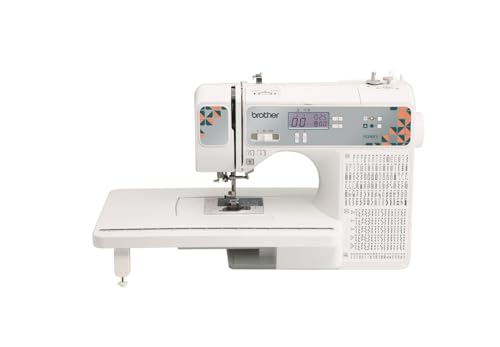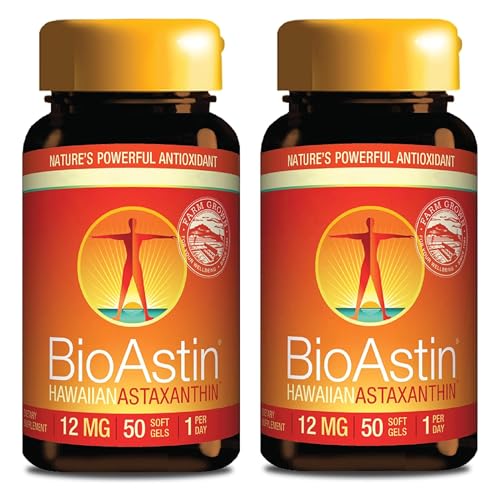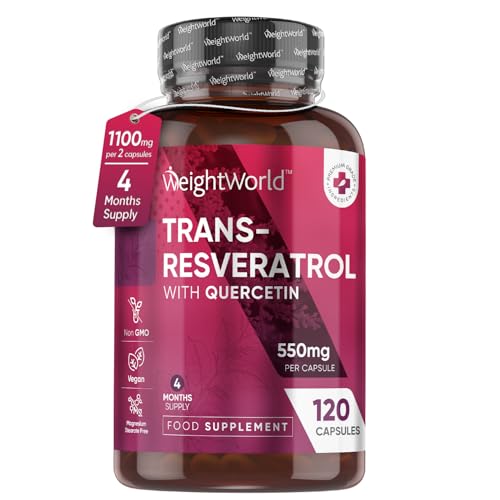Understanding Sewing Machines: What You Need to Know Before You Buy
The Basics of Sewing Machines
When we think about sewing machines, we often picture a device used solely for making clothes, but they are versatile tools that can tackle a variety of projects. A sewing machine operates by using a needle and thread to stitch pieces of fabric together. Understanding the fundamental components such as the pedal, threading mechanism, and stitch types can make a significant difference in your shopping experience. Therefore, it’s helpful to familiarise ourselves with the key features before diving into specific models.
Different Types of Sewing Machines
Sewing machines come in various types tailored to different needs. For basic sewing tasks, a mechanical sewing machine might suffice. If we’re looking for versatility, a computerised sewing machine offers advanced features such as embroidery functions and numerous stitch options that can cater to intricate designs. We should consider what our intended projects will be, as this will affect the type of machine most suitable for us.
Key Features: How to Choose the Right Sewing Machine for Your Needs
Understanding Stitch Options
One of the most critical aspects to consider when choosing a sewing machine are the stitch options available. We should look for machines that offer various stitch patterns, as these can enhance our sewing creativity. Basic straight and zigzag stitches are essential, while decorative and stretch stitches can be useful for more advanced projects. The more variety in stitches, the better equipped we’ll be for various sewing tasks.
Needle and Presser Foot Compatibility
The type of needle and presser foot our sewing machine uses can significantly affect our results. Some machines come with multiple presser feet that allow us to work on different fabrics and techniques, such as zippers, buttons, and quilting. Ensuring that our chosen machine supports interchangeable feet can be a real game changer for versatility.
User-Friendly Features
As we evaluate different sewing machines, we should consider user-friendly elements. Features like automatic needle threading, a built-in thread cutter, and an easy-to-read LCD screen can enhance our sewing experience by making tasks simpler and less time-consuming. A machine with these conveniences will help us enjoy sewing more and reduce the frustration of learning.
Beginner vs Advanced: Selecting the Best Sewing Machine for Your Skill Level
Machines for Beginners
If we are just starting our sewing journey, it’s advisable to opt for machines that are user-friendly and have limited advanced features. A basic mechanical sewing machine or a simple computerised model will provide us with the necessary tools without overwhelming us with options. Machines designed for beginners often include clear instructions or tutorial features that can help us grasp the fundamentals quickly.
Machines for Advanced Sewers
For those who already have some sewing experience or are looking to take on more complex projects, a more advanced computerised sewing machine would be beneficial. These models allow for greater creativity with diverse stitch options and functions like embroidery, making them suitable for elaborate sewing tasks. We should look for machines that are robust, offer adjustable speeds, and provide custom stitch combinations.
Accessories and Add-Ons: Enhance Your Sewing Experience with the Right Tools
Essential Accessories
To truly enhance our sewing experience, we might want to explore various accessories. This could include items such as additional presser feet for different tasks, fabric cutters, or an extension table that provides more space for larger projects. Investing in quality accessories will significantly improve our efficiency and finish quality.
Optional Add-Ons to Consider
There are also several optional add-ons that can elevate our sewing projects. For example, purchasing a walking foot can help us sew multiple layers of fabric seamlessly. A quilting foot can assist with intricate quilting projects, while a stitch guide can help us maintain precision. Consider what we enjoy sewing, as the right add-ons can make complex tasks approachable and fun.
Maintenance and Care Tips: Keeping Your Sewing Machine in Top Shape
Regular Cleaning Practices
To ensure our sewing machine lasts, regular maintenance is essential. We should develop a habit of cleaning the machine after each project, removing lint and dust from the bobbin area and sewing arm. Using a soft brush helps preserve the machine’s parts while ensuring it functions optimally.
Scheduled Servicing and Repairs
In addition to daily care, it’s a good idea to schedule professional servicing at least once a year. This can help identify potential issues early on and keep the machine running smoothly. We should also pay attention to any unusual noises or stitch irregularities, as these can signal that maintenance is needed sooner rather than later. Keeping our sewing machine in good condition is essential to enjoying a hassle-free sewing experience.

























